THC-P Explained: Unlocking the Potency of Hemp’s Hidden Cannabinoid
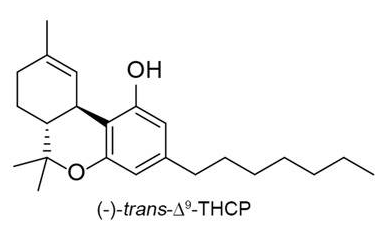
Hemp-Derived THC-P: What Is It & How Does It Compare to Delta-9?
Delta-9-Tetrahydrocannabiphorol (THC-P) is a naturally occurring cannabinoid found in trace amounts in both hemp and marijuana plants. Similar to minor cannabinoids like Delta-8 THC and HHC, THC-P’s natural presence in these plants is minimal, so most THC-P products are derived from hemp through a process known as isomerization. This involves converting hemp-derived CBD into THC-P.
In this guide, we’ll explore what THC-P is, how it compares to Delta-9 THC, and why it’s gaining popularity in the world of cannabis enthusiasts.
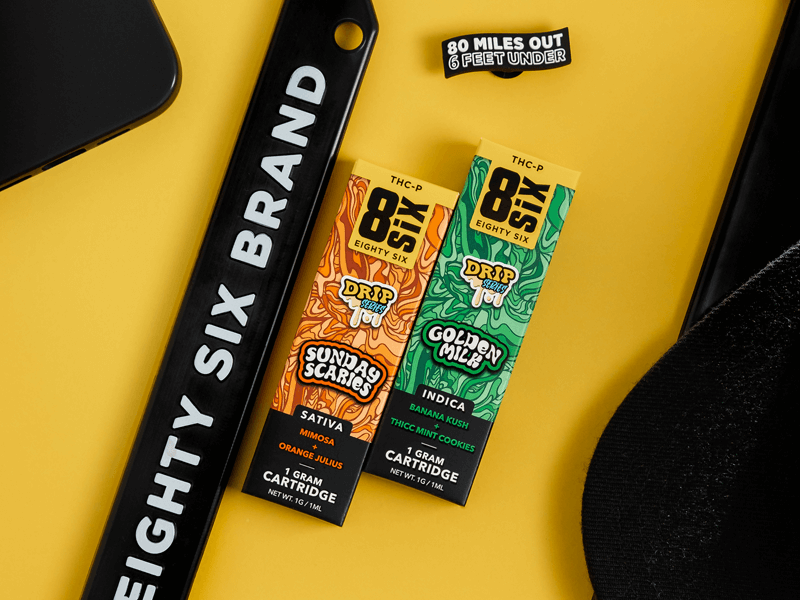
THC-P vs. Delta-9 THC: How Do They Stack Up?
While THC-P and Delta-9 THC share similar effects, their molecular structures differ significantly. THC-P has a longer alkyl side chain with seven carbon atoms, whereas Delta-9 THC has only five. This extended chain allows THC-P to bind to CB1 receptors in the brain up to 33 times more effectively than Delta-9 THC, which is why some say THC-P provides a stronger high.
However, this doesn’t necessarily mean THC-P is 33 times stronger than Delta-9. The actual potency is influenced by factors like bioavailability and consumption methods, which we’ll explore further.
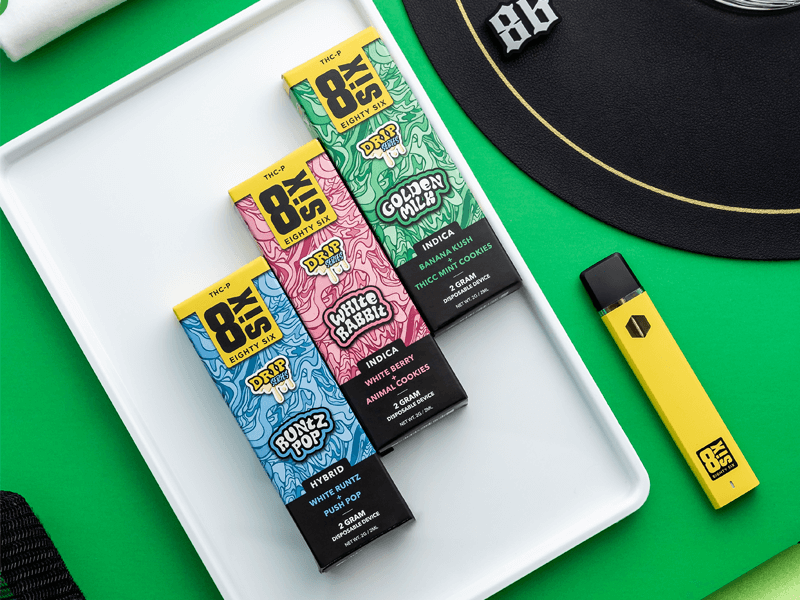
THC-P’s Molecular Advantage
The difference in THC-P’s molecular structure—its larger side chain—makes it more efficient at binding to the brain’s CB1 receptors. According to a 2019 study conducted by Italian researchers, THC-P showed 33 times greater binding affinity to CB1 receptors than Delta-9 THC. These receptors are critical in creating the psychoactive “high” associated with cannabis, which helps explain why THC-P is seen as more potent.
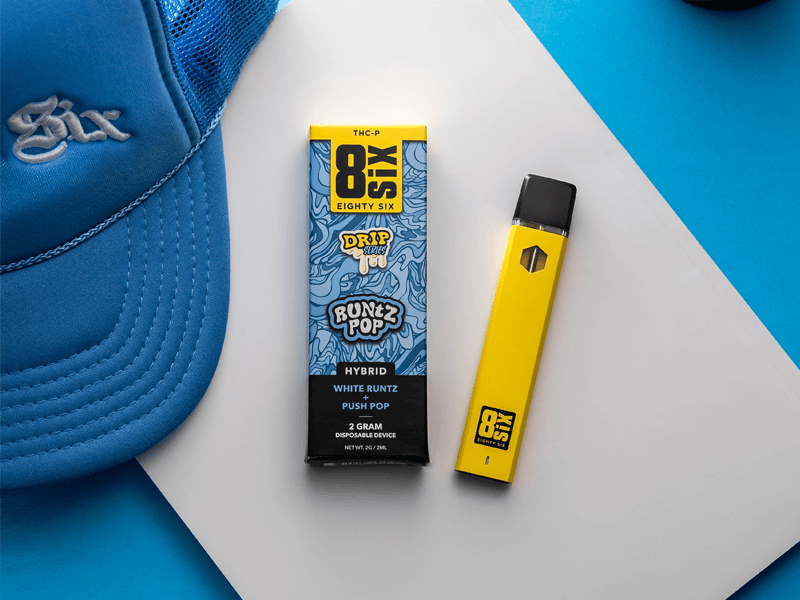
THC-P and Bioavailability: Why You Won’t Feel 33 Times the Potency
While THC-P has a stronger binding affinity, that doesn’t mean you’ll experience a high that’s 33 times stronger than Delta-9. The concept of bioavailability—the rate at which your body absorbs cannabinoids—plays a crucial role. Each consumption method (smoking, vaping, edibles, etc.) has a different bioavailability rate, with the typical rates being:
- Sublingual (Tinctures): 13 – 56%
- Inhalation (Vaping): 31%
- Inhalation (Smoking): 2 – 56%
- Oral (Edibles): 13 – 19%
Even though THC-P binds better to CB receptors, your body’s bioavailability threshold will limit how much is absorbed. This means you can only absorb so much THC-P before the rest is filtered out as waste.
What Is the THC-P High Like?
If you consume THC-P, expect to experience a potent high. Users often describe it as more intense and longer-lasting than a traditional Delta-9 THC high. Because THC-P binds so well to CB1 receptors, the effects can feel more like a mild psychedelic trip, offering a sense of heightened awareness or even slight visual alterations.
However, don’t worry—this isn’t a “melt-the-walls” kind of trip. Many users compare the experience to a strong sativa high, with a focus on mental clarity rather than full-body relaxation. Some report feeling like time slows down or that their senses become more acute.
Popular Ways to Consume THC-P
THC-P is most commonly available in distillate form, making it versatile for a variety of products. Here are some of the most popular ways to enjoy THC-P:
1. THC-P Disposable Vapes
These rechargeable, all-in-one devices come pre-filled with THC-P distillate. Simply charge, vape, and enjoy. Once empty, the device is disposable.
2. THC-P Edibles
From gummies and chocolate to sodas and syrup shots, THC-P edibles offer a delicious way to consume the cannabinoid. Keep in mind that the effects may take up to two hours to kick in, so start with a low dose.
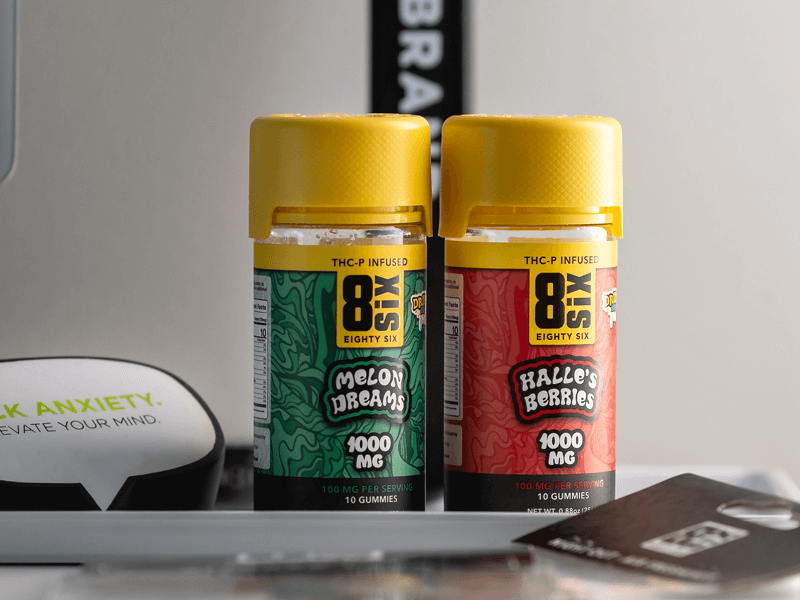
3. THC-P Pre-Rolls
Pre-rolls combine hemp flower with infused THC-P distillate, delivering a smooth, psychoactive experience similar to smoking a traditional joint.
THC-P’s Legal Status in the U.S.
Like Delta-8 THC, THC-P is legal under the 2018 Farm Bill as long as it is derived from hemp and contains less than 0.3% Delta-9 THC. However, individual states have the authority to regulate or ban THC-P products, and as of now, 32 states allow THC-P sales and possession.
For the most up-to-date legal information, check out our interactive THC-P legality map.
THC-P FAQs
Is THC-P Stronger Than Delta-9?
Yes, THC-P has a higher affinity for CB1 receptors, making it more potent than Delta-9 THC. Smaller amounts of THC-P may produce stronger effects.
Will THC-P Show Up on a Drug Test?
Yes, THC-P is likely detectable on most drug tests, as it’s structurally similar to other cannabinoids like THC.
How Long Do the Effects of THC-P Last?
THC-P’s effects can last from several hours to an entire day, depending on dosage and the consumption method. Its stronger binding to CB1 receptors may extend the duration of its effects compared to Delta-9 THC.
Conclusion: Is THC-P Right for You?
THC-P is an exciting cannabinoid that offers a more potent alternative to Delta-9 THC. With its stronger affinity for CB1 receptors, it provides an intense, long-lasting high that many users compare to mild psychedelics. Whether you prefer vaping, edibles, or pre-rolls, there’s a THC-P product to suit your needs.
